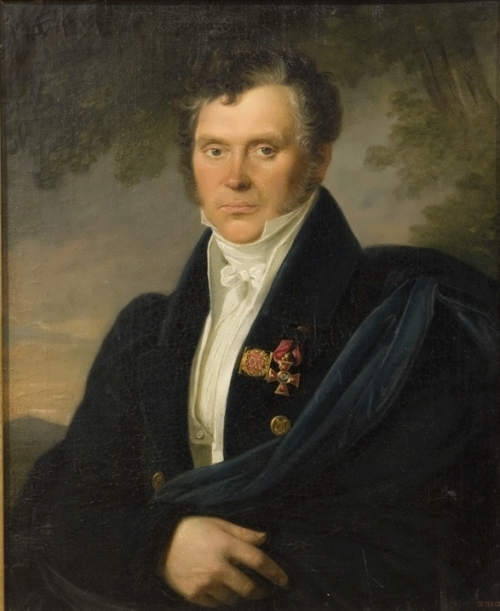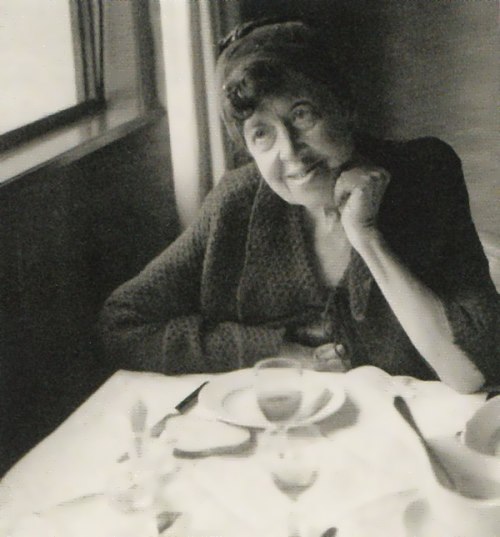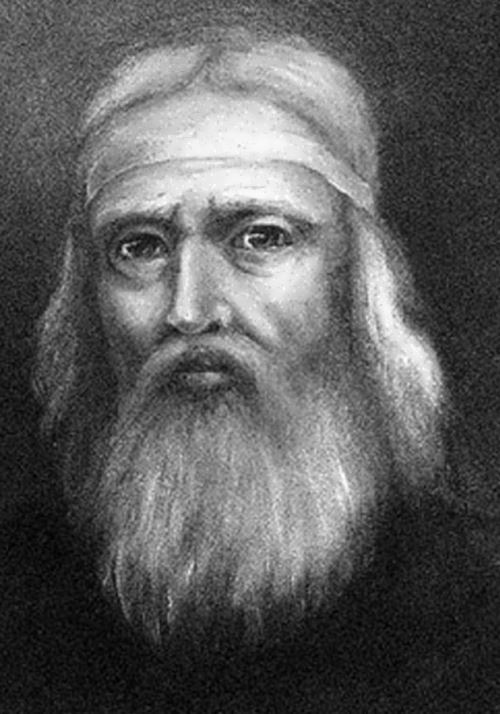Maria Yakunchikova – Russian artist of the Silver Age
Maria Yakunchikova was a Russian artist of the Silver Age.
The girl was born on January 19, 1870 in Wiesbaden, Germany. Her parents – Vasily Yakunchikov, entrepreneur and philanthropist, and his wife Zinaida, were there on vacation. Even as a child Maria was fascinated by drawing and father invited artist N. Martynov to teach her. In 1882, her sister Natalia married artist Vasily Polenov and his sister Elena Dmitrievna became Maria’s best friend.
In 1885, Yakunchikova entered the Moscow School of Painting, Sculpture and Architecture, and soon she became a member of Polenov evenings of drawing. The landscape became her favorite genre.
In 1888, doctors recommended Yakunchikova to change the climate because of tuberculosis. Maria left the school and went to Europe.
You know, in the fall of 1889 Maria entered the Paris Academy, where she studied for four years.
In 1896, Yakunchikova married Leon Weber-Bauler, who studied at Sorbonne. Leon had a Russian passport, but most of his life he spent abroad and became a French citizen. Their son Stepan was born in 1898.
More »






